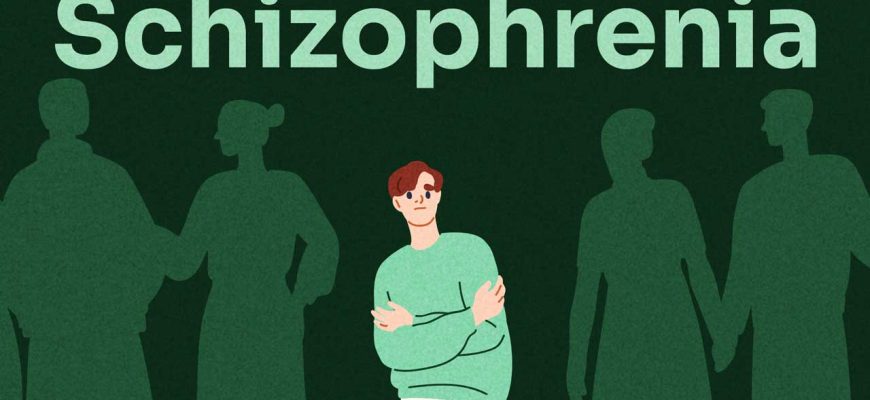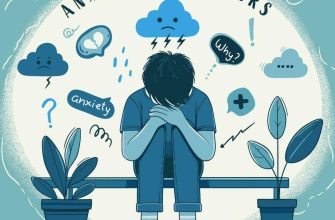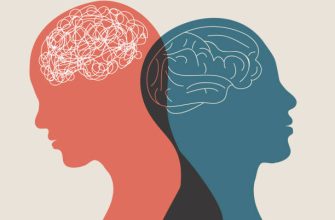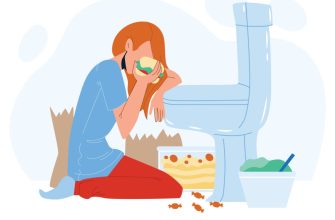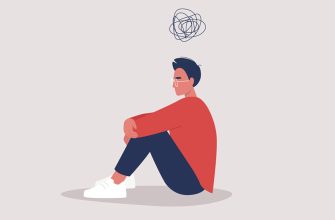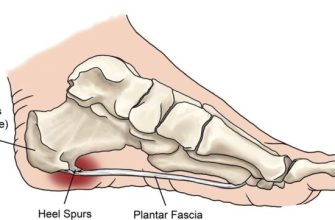Schizophrenia is a chronic and severe mental disorder that affects how a person thinks, feels, and behaves. It can result in a range of symptoms, including delusions, hallucinations, disorganized thinking, and impaired functioning. People with schizophrenia often withdraw from reality and may have difficulty distinguishing between what is real and what is not.
Historical Context
Schizophrenia has been recognized for centuries, but it wasn’t officially defined until the early 20th century. The term itself was coined by Swiss psychiatrist Eugen Bleuler in 1911, deriving from the Greek words “schizo” (split) and “phren” (mind).
Etiology and Causes
The exact etiology of schizophrenia is not well understood, but it is believed to be a complex interplay of genetic, neurobiological, environmental, and psychological factors.
- Genetic Factors: Schizophrenia has a hereditary component. Individuals with a family history of the disorder are at a higher risk.
- Neurobiological Factors: Abnormalities in brain structure and function, neurotransmitter imbalances (particularly dopamine and glutamate), and changes in brain connectivity have been associated with schizophrenia.
- Environmental Factors: Prenatal exposure to infections, malnutrition, psychosocial stressors, and substance abuse (especially marijuana) during adolescence have been implicated as potential risk factors for schizophrenia.
Risks
- Family history of schizophrenia or other mental illnesses.
- Certain prenatal and perinatal factors (e.g., low birth weight, complications during birth).
- Exposure to psychosocial stressors, such as trauma or significant life changes.
- Drug abuse, particularly during adolescence.
Types of schizophrenia
Schizophrenia is a complex mental disorder characterized by a range of symptoms, including delusions, hallucinations, disorganized thinking, and impaired functioning. Over the years, the classification of schizophrenia has evolved, and the DSM-5 (Diagnostic and Statistical Manual of Mental Disorders, Fifth Edition), which is the standard classification used by mental health professionals, no longer recognizes distinct subtypes of schizophrenia. However, historically, the following types were commonly referenced:
- Paranoid Schizophrenia: Characterized by prominent delusions and hallucinations, typically centered around themes of persecution or conspiracy. Individuals may feel as though others are plotting against them.
- Disorganized Schizophrenia (formerly known as hebephrenic schizophrenia): Involves disorganized speech and behavior, as well as flat or inappropriate emotional responses. Individuals may exhibit nonsensical or incoherent speech patterns.
- Catatonic Schizophrenia: Marked by unusual motor behavior, which can include a lack of movement (stupor), excessive movement, resistance to movement, or bizarre postures. Individuals may also fluctuate between states of rigidity and extreme agitation.
- Undifferentiated Schizophrenia: This diagnosis was used for individuals who exhibit symptoms of schizophrenia that do not specifically fit into the other categories. Symptoms can include a mix of delusions, hallucinations, and disorganized behavior.
- Residual Schizophrenia: Refers to individuals who have experienced at least one episode of schizophrenia but currently exhibit milder symptoms. These may include negative symptoms such as reduced emotional expression or social withdrawal.
While the specific subtypes are no longer formally recognized in the DSM-5, understanding these historical categories can still be useful in discussions of the disorder. Today, the focus is more on the specific symptoms and their severity, leading to a more personalized approach to treatment.
Symptoms
- Positive Symptoms: These refer to excesses in functioning, including:
- Delusions (false beliefs)
- Hallucinations (sensing things that are not there, usually auditory)
- Disorganized thinking and speech
- Negative Symptoms: These refer to deficits in functioning, such as:
- Lack of motivation
- Emotional flatness or absence of expressions
- Withdrawn social behavior
- Difficulty in experiencing pleasure (anhedonia)
- Cognitive Symptoms: These involve issues with memory, attention, and executive functioning, including:
- Problems with focusing or paying attention
- Impaired working memory
- Difficulty in understanding information and applying it to daily life
Diagnosis
The diagnosis of schizophrenia is primarily based on clinical assessment, including a thorough history and observation of symptoms. Diagnostic criteria are outlined in the DSM-5 (Diagnostic and Statistical Manual of Mental Disorders) and typically require the presence of specific symptoms over a significant period. A mental health professional may also conduct various assessments to rule out other conditions.
Treatment
- Medications: Antipsychotic medications are the cornerstone of treatment, helping to reduce or manage symptoms. Newer atypical antipsychotics tend to have a more favorable side-effect profile than older medications.
- Psychotherapy: Psychosocial interventions such as cognitive behavioral therapy (CBT), supportive therapy, family therapy, and skill-building programs are often beneficial, particularly for relapse prevention and social functioning.
- Rehabilitation: Programs aimed at improving social skills, employment readiness, and independent living skills can help individuals reintegrate into society.
Evolution of Treatment
- Early 20th Century: Institutionalization was common; treatments were often inhumane and included methods like lobotomies.
- Mid-20th Century: The introduction of antipsychotic medications (e.g., chlorpromazine) in the 1950s significantly changed treatment, allowing many patients to live outside of institutions.
- Late 20th to 21st Century: A more holistic approach emerged, emphasizing community-based treatment, psychosocial rehabilitation, and the importance of patient autonomy.
Prevention
- Education and awareness about early signs and symptoms.
- Access to mental health resources for at-risk individuals.
- Addressing psychosocial stressors.
Why People Confuse Schizophrenia with Creativity
- Historical Romanticization:
- Some famous artists, writers, or musicians (e.g., Vincent van Gogh, John Nash) had mental health struggles, leading to the false belief that creativity requires “madness.”
- However, most were never diagnosed with schizophrenia. Conditions like bipolar disorder or depression are more common among creatives.
- Pop Culture Stereotypes:
Movies and media often portray individuals with schizophrenia as “tortured geniuses” (e.g., A Beautiful Mind), conflating hallucinations or delusions with creative inspiration. - Misunderstanding Symptoms:
- The disorganized thinking in schizophrenia can seem creative to outsiders (“unusual ideas”), but it’s actually a symptom of cognitive fragmentation, not intentional artistry.
- Creativity requires focus and purpose—qualities often eroded by untreated schizophrenia.
Dangerous Myths
- “Schizophrenia Makes You a Genius”:
- Reality: The disorder often impairs cognitive function, memory, and emotional regulation. Many patients struggle with daily tasks, let alone creative work.
- “Medications Kill Creativity”:
- Myth: People avoid treatment, fearing antipsychotics will dull their “artistic spark.”
- Truth: Untreated schizophrenia worsens over time. Proper medication can stabilize symptoms, allowing genuine creativity to flourish.
- “Voices = Artistic Vision”:
- Hallucinations are terrifying and chaotic, not mystical or inspiring. Glorifying them trivializes the suffering of those who experience them.
- “Only Eccentric People Get It”:
- Schizophrenia affects people from all walks of life, not just “quirky” individuals. This stereotype delays diagnosis and stigmatizes sufferers.
The Reality of Schizophrenia
- It’s a Neurobiological Disorder: Linked to abnormal brain structure, genetics, and dopamine imbalances—not a “gift.”
- Early Intervention Saves Lives: Delaying treatment due to myths increases the risk of irreversible brain damage, homelessness, or suicide.
- Creativity ≠ Illness: Many groundbreaking artists are mentally healthy. True creativity thrives in stability, not chaos.
What We Should Do
- Educate: Replace myths with facts about schizophrenia’s symptoms and treatments.
- Destigmatize: Stop glamorizing mental illness. Celebrate creativity without linking it to suffering.
- Support: Advocate for accessible mental healthcare so those affected can manage symptoms and reclaim their lives.
